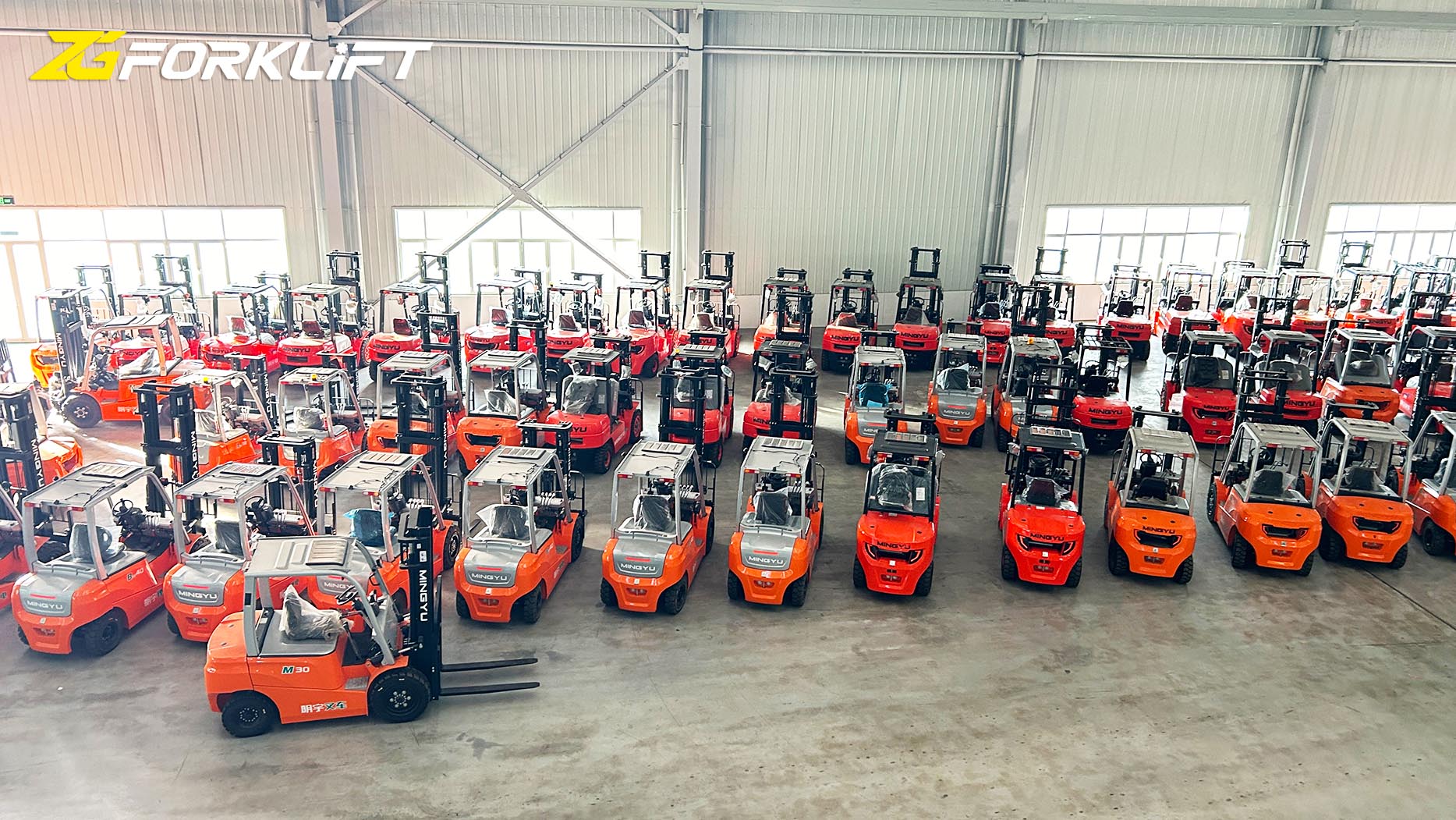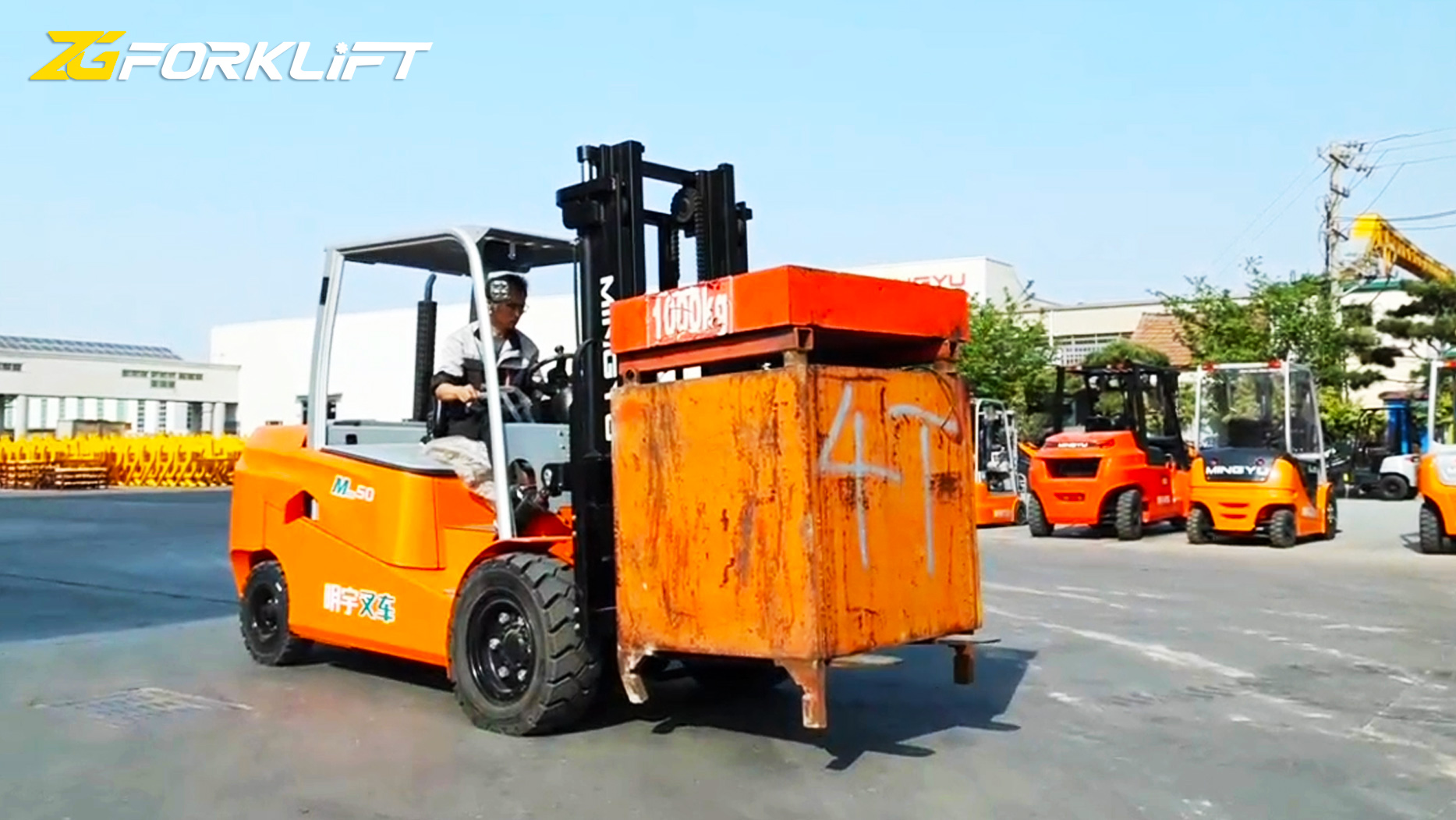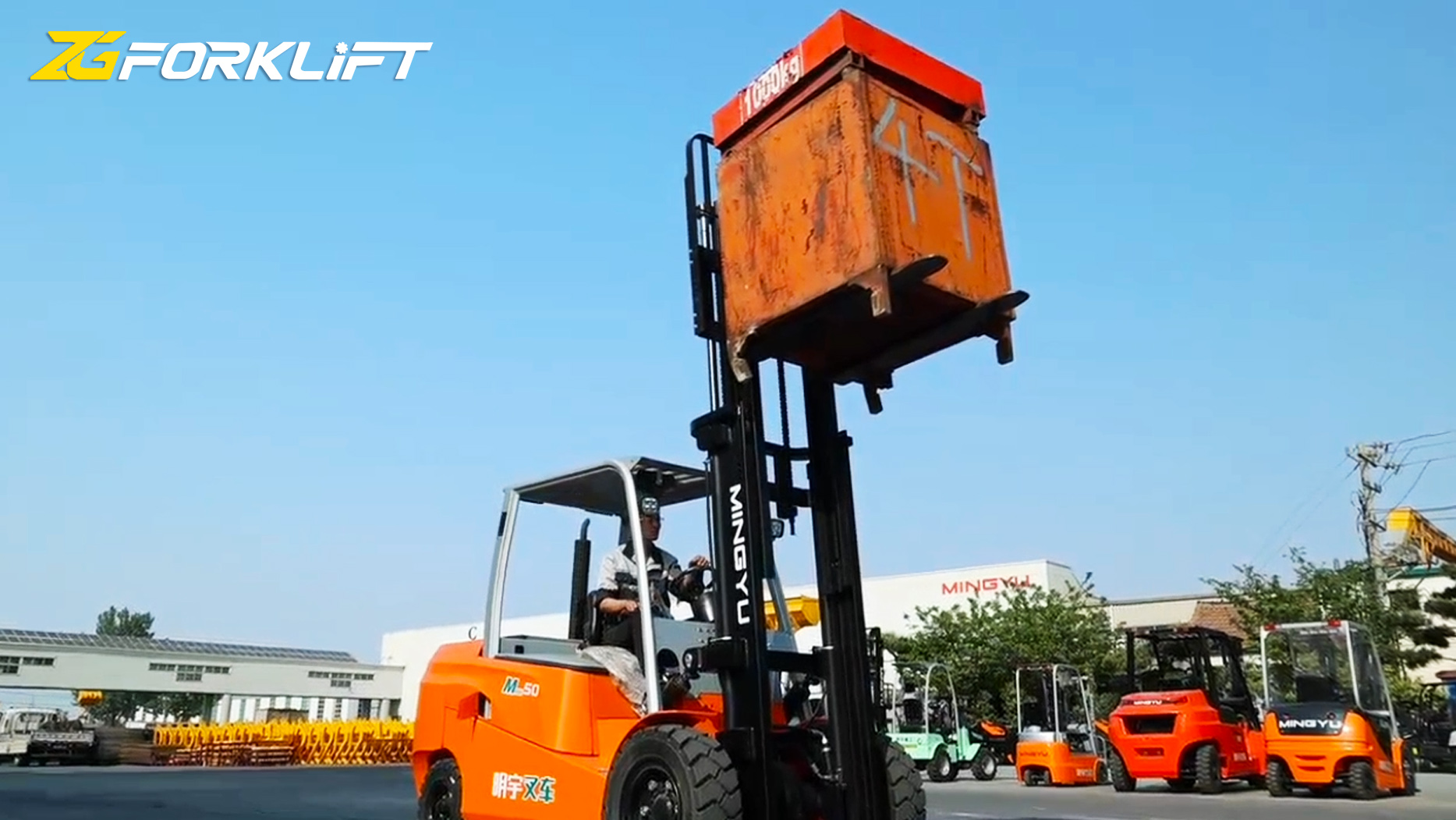Diesel forklifts are robust and powerful machines, essential for material handling in various industries, from warehousing and construction to manufacturing and logistics. Their ability to lift heavy loads and operate in demanding environments makes them a workhorse in countless applications. This article delves into the inner workings of a diesel forklift, exploring the key components and systems that enable it to perform its lifting and moving tasks.
The Power Source: The Diesel Engine
At the heart of a diesel forklift lies its diesel engine. Unlike gasoline engines, diesel engines ignite fuel through compression rather than spark plugs. This process involves:
Intake Stroke: Air is drawn into the cylinder as the piston moves downwards.
Compression Stroke: The piston moves upwards, compressing the air in the cylinder. This compression generates significant heat.
Power Stroke: Fuel is injected into the highly compressed and hot air. The heat ignites the fuel, causing a rapid expansion of gases that forces the piston downwards. This is where the engine generates power.
Exhaust Stroke: The exhaust valve opens, and the piston moves upwards, expelling the burnt gases from the cylinder.
Diesel engines are known for their high torque output, which is crucial for lifting heavy loads. They are also generally more fuel-efficient than gasoline engines, making them economical for heavy-duty applications.
The Transmission: Transferring Power to the Wheels
The power generated by the diesel engine needs to be transferred to the wheels to propel the forklift. This is the role of the transmission. Most diesel forklifts utilize either:
Hydrostatic Transmission: This type of transmission uses hydraulic fluid to transmit power. The engine drives a hydraulic pump, which in turn drives a hydraulic motor connected to the wheels. Hydrostatic transmissions offer smooth and precise control, making them ideal for maneuvering in tight spaces. They also allow for easy forward and reverse movement without the need for a clutch.
Powershift Transmission: This transmission is similar to an automatic transmission in a car, but designed for heavy-duty applications. It uses a series of gears and clutches to change between different speeds and directions. Powershift transmissions are robust and can handle high torque loads.
The Hydraulic System: The Muscle Behind Lifting
The hydraulic system is the key to a forklift's lifting capabilities. It uses pressurized hydraulic fluid to power the lifting mechanism. The main components of the hydraulic system include:
Hydraulic Pump: Driven by the engine, the hydraulic pump pressurizes the hydraulic fluid.
Hydraulic Cylinders: These are the actuators that convert hydraulic pressure into mechanical force. A typical forklift has lift cylinders that raise and lower the forks, and tilt cylinders that adjust the angle of the mast.
Control Valves: These valves direct the flow of hydraulic fluid to the appropriate cylinders, controlling the lifting and tilting actions. The operator controls these valves using levers or pedals.
Hydraulic Fluid: A specialized fluid designed to transmit power in hydraulic systems.
When the operator activates the lift lever, the control valve directs pressurized hydraulic fluid to the lift cylinders. The fluid pressure pushes the piston inside the cylinders upwards, which in turn raises the forks and the load. The tilt cylinders work in a similar way, allowing the operator to adjust the angle of the mast for better load stability and handling.
The Mast and Forks: Lifting and Carrying the Load
The mast is the vertical assembly that supports the forks and the lifting mechanism. It is a critical component of the forklift, responsible for safely lifting and positioning the load. Masts come in various configurations, including:
Standard Mast: A single-stage mast, offering a specific lift height.
Duplex Mast: A two-stage mast, providing a higher lift height than a standard mast.
Triplex Mast: A three-stage mast, offering the greatest lift height.
The forks are the prongs that extend from the mast and carry the load. They are typically made of hardened steel and are designed to withstand heavy loads. The forks can be adjusted horizontally to accommodate different pallet sizes.
Steering and Braking: Maneuverability and Safety
Diesel forklifts are designed for maneuverability, allowing them to operate in tight spaces. They typically utilize:
Rear-Wheel Steering: This configuration allows the forklift to make tight turns, which is essential in warehouses and other confined environments.
Power Steering: This assists the operator in steering the forklift, reducing the effort required to turn the wheels.
The braking system is crucial for safety. Diesel forklifts typically have:
Service Brakes: Used for normal stopping.
Parking Brake: Keeps the forklift stationary when parked.
Safety Features: Protecting Operators and Pedestrians
Safety is paramount in forklift operation. Diesel forklifts are equipped with various safety features, including:
Overhead Guard: Protects the operator from falling objects.
Seatbelt: Restrains the operator in case of an accident.
Lights and Horn: Enhance visibility and warn pedestrians of the forklift's presence.
Backup Alarm: Alerts pedestrians when the forklift is reversing.
Tilt Indicators: Help the operator maintain the correct mast angle.
Maintenance: Keeping the Forklift in Top Condition
Regular maintenance is essential to ensure the safe and reliable operation of a diesel forklift. This includes:
Engine Maintenance: Regular oil changes, filter replacements, and inspections.
Hydraulic System Maintenance: Checking for leaks, inspecting hoses and cylinders, and changing hydraulic fluid.
Transmission Maintenance: Checking fluid levels and inspecting for wear.
Brake and Tire Maintenance: Inspecting brakes for wear and tear, and checking tire pressure and condition.
Conclusion:
Diesel forklifts are complex machines that rely on the interplay of various systems to perform their lifting and moving tasks. Understanding how these systems work is crucial for operators, maintenance personnel, and anyone involved in the safe and efficient operation of these powerful machines. From the robust diesel engine and efficient transmission to the powerful hydraulic system and sturdy mast, each component plays a vital role in the overall functionality of the diesel forklift. By adhering to proper operating procedures and conducting regular maintenance, diesel forklifts can provide years of reliable service in a wide range of industrial applications.
Post time:Feb.17.2025



